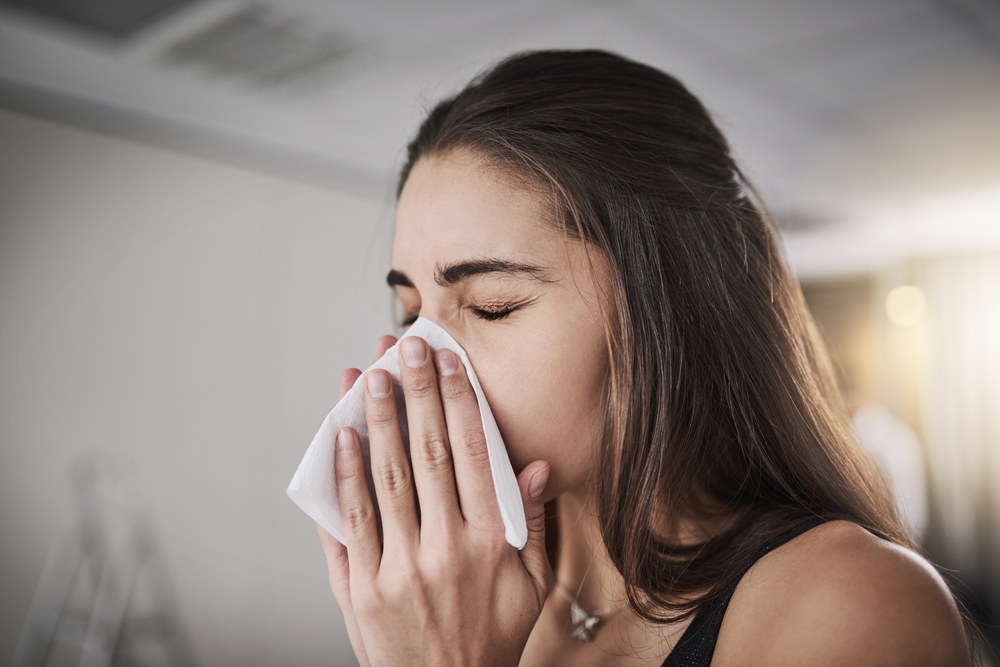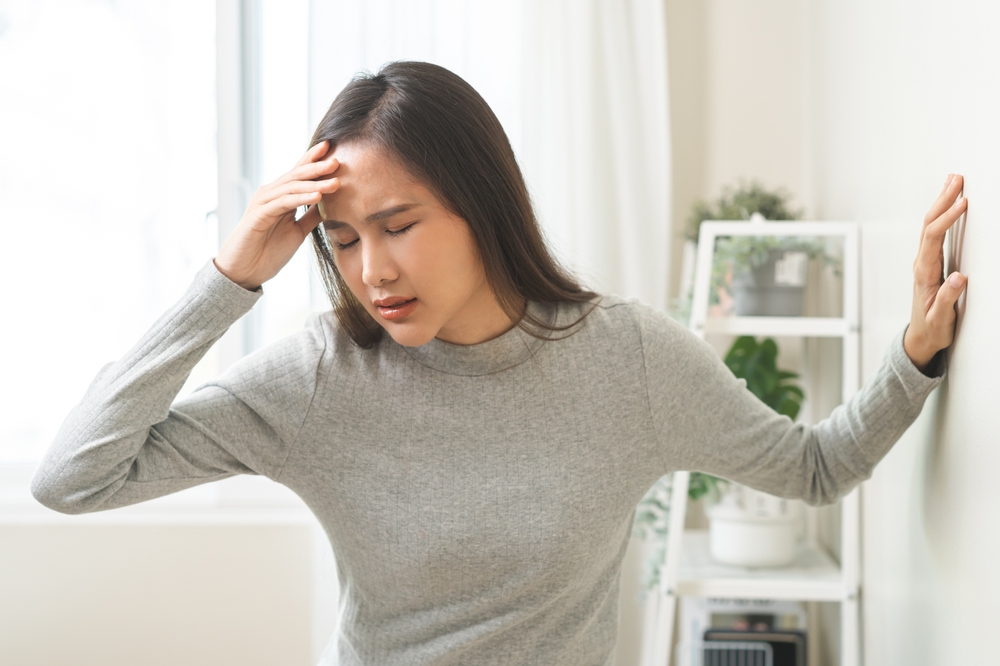When we think of allergies, spring often takes the spotlight as the peak season for flare-ups. However, fall can be just as troublesome, if not worse, for many individuals. The cooler temperatures, changing landscape, and specific allergens in the air make autumn a challenging time for those prone to allergies. As the leaves change and the air gets crisp, some common allergens thrive, leading to symptoms like sneezing, itchy eyes, and congestion.
The culprits of fall allergies
Let’s explore the main culprits behind fall allergies and how you can manage them effectively.
Ragweed
One of the most notorious allergens of the fall season is ragweed. This late-summer plant releases its pollen from late August through October, and in warmer regions, it can persist well into December. Ragweed pollen can travel hundreds of miles, making it a widespread problem, even in areas without much ragweed growth. For those sensitive to it, the pollen can trigger symptoms such as sneezing, runny nose, itchy throat, and itchy eyes.
Mold
Mold spores are another significant cause of fall allergies. As leaves fall and decompose, they create a damp environment that’s perfect for mold growth. Mold thrives in wet, humid conditions, and as temperatures cool and leaves rot, mold can quickly spread. It’s not just outdoor mold that’s a problem—indoor mold can also cause issues, especially in homes with poor ventilation or high humidity.
To limit exposure to mold, it’s crucial to keep indoor spaces dry. Using a dehumidifier can help control the moisture levels in your home, particularly in basements, bathrooms, and kitchens. Additionally, regularly cleaning gutters and raking leaves can help prevent outdoor mold from becoming a bigger problem.
Dust mites
Though dust mites are typically associated with indoor allergies, they can become more problematic in the fall. As we transition from summer to cooler months, many of us spend more time indoors, giving dust mites a greater opportunity to trigger allergic reactions. Dust mites thrive in warm, humid environments, and while they tend to die off when temperatures drop, they can still wreak havoc on allergy sufferers in the fall.
One way to reduce dust mite exposure is to invest in dust-mite-proof covers for your pillows and mattresses. Regularly washing your bedding in hot water can also help eliminate these microscopic pests. Keeping your home well-ventilated and dust-free will further minimize their impact.
Preventing and managing fall allergy symptoms
Fall allergies can feel relentless, but there are effective strategies you can adopt to minimize your exposure to allergens and ease symptoms.
- Keep Windows Closed: While it might be tempting to let the cool fall breeze in, keeping windows shut can help prevent outdoor allergens, such as pollen and mold spores, from entering your home. Use air conditioning or fans to keep air circulating indoors without inviting allergens in.
- Clean Regularly: Regular cleaning can make a big difference in reducing allergens inside your home. Vacuum frequently using a vacuum with a HEPA filter, and dust surfaces with a damp cloth to trap dust rather than letting it circulate in the air.
- Change HVAC Filters: Fall is a good time to replace or clean your HVAC filters to ensure your heating system isn’t circulating dust, pollen, or mold spores throughout your home. High-efficiency filters can help trap allergens and improve indoor air quality.
- Shower After Outdoor Activities: After spending time outside, it’s a good idea to shower and change your clothes. This helps remove any pollen or mold that may have attached to your skin, hair, or clothing, preventing you from bringing it into your home.
What are treatments for fall allergies?
If lifestyle adjustments aren’t enough to keep your fall allergies under control, there are various treatment options available. Over-the-counter antihistamines, decongestants, and nasal sprays can provide relief for many allergy sufferers.
For more persistent or severe symptoms, a healthcare provider can offer prescription medications or allergy shots (immunotherapy) to help build up your tolerance to allergens over time.
It’s always a good idea to consult with an ENT specialist to discuss the best treatment plan for your specific symptoms. They can assess your allergy triggers and recommend a personalized approach, whether that involves medication, immunotherapy, or additional preventive measures.
Find relief today
Don’t let fall allergies take the fun out of the season. ENT specialists are here to help you breathe easier and enjoy the autumn months without the discomfort of allergy symptoms. Find an ENT specialist near you to schedule a consultation and start your journey toward allergy relief.



